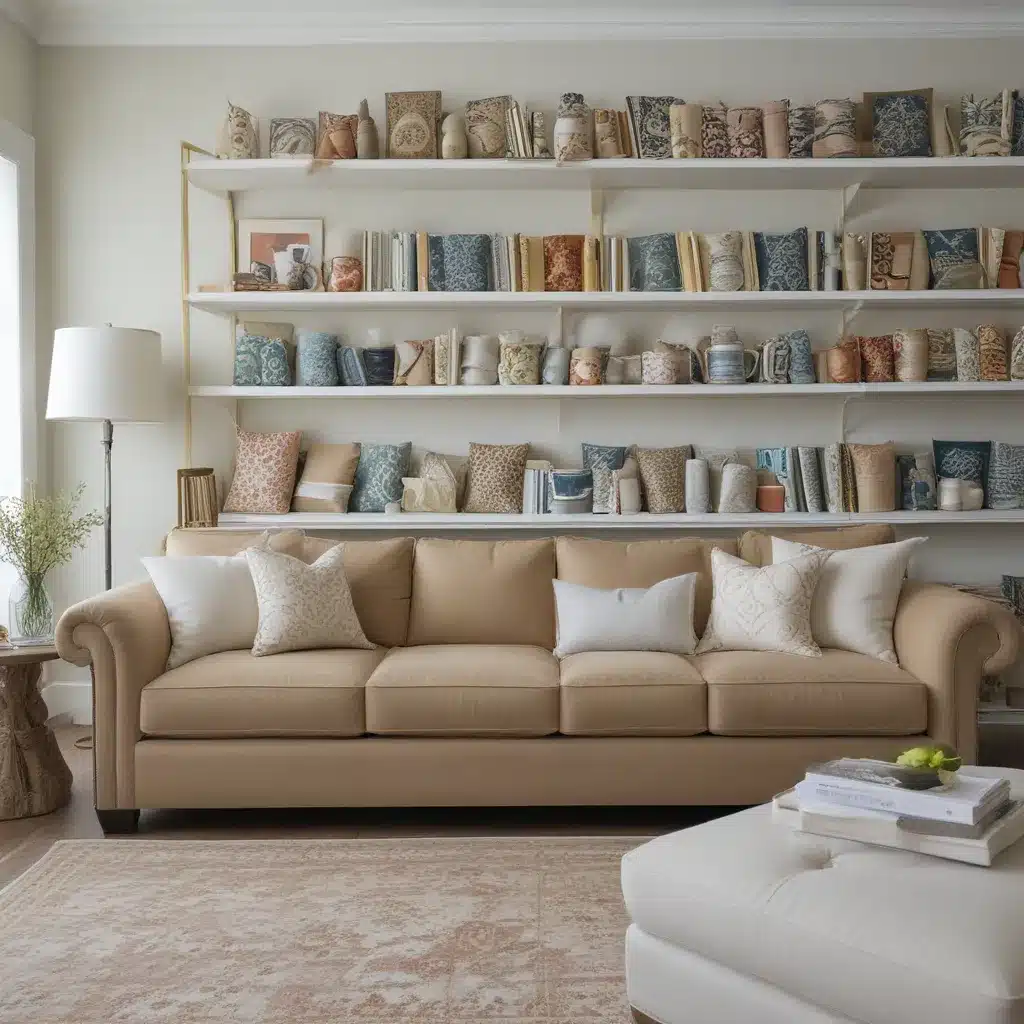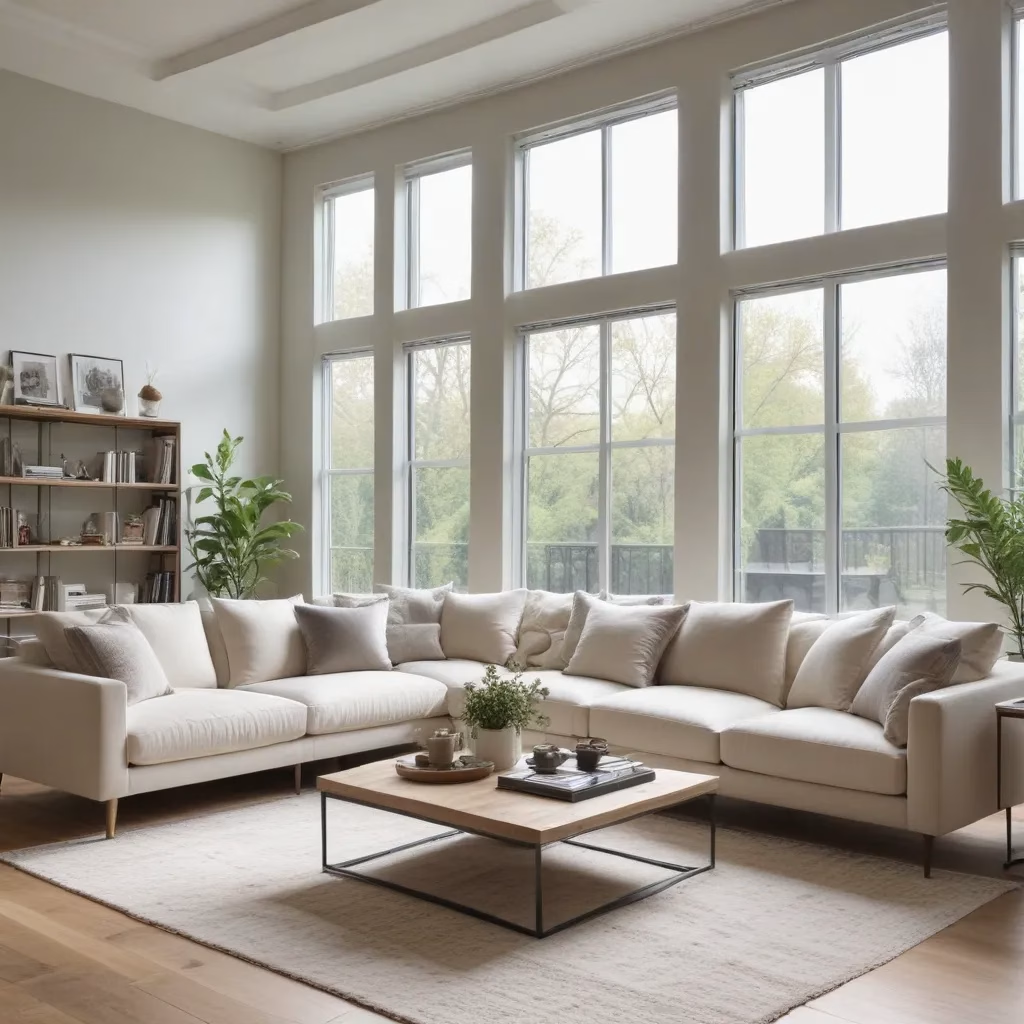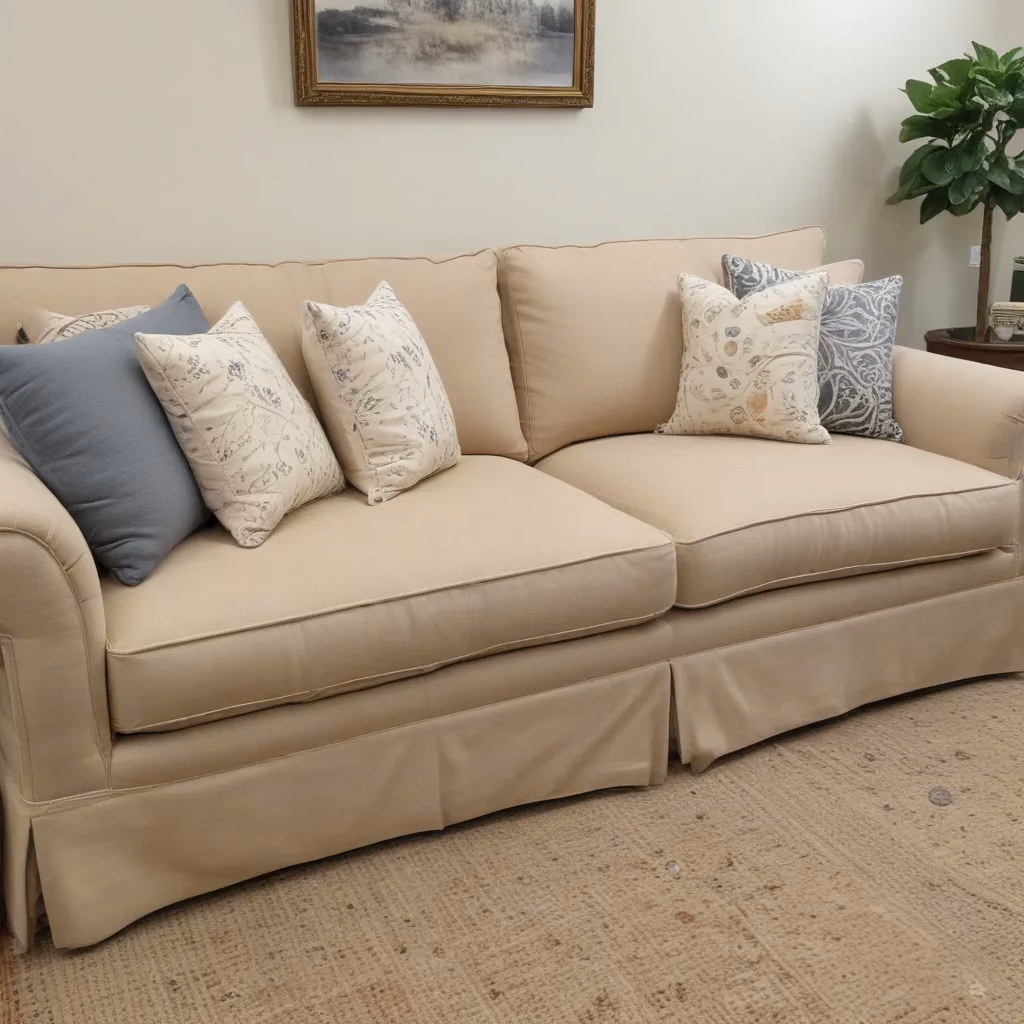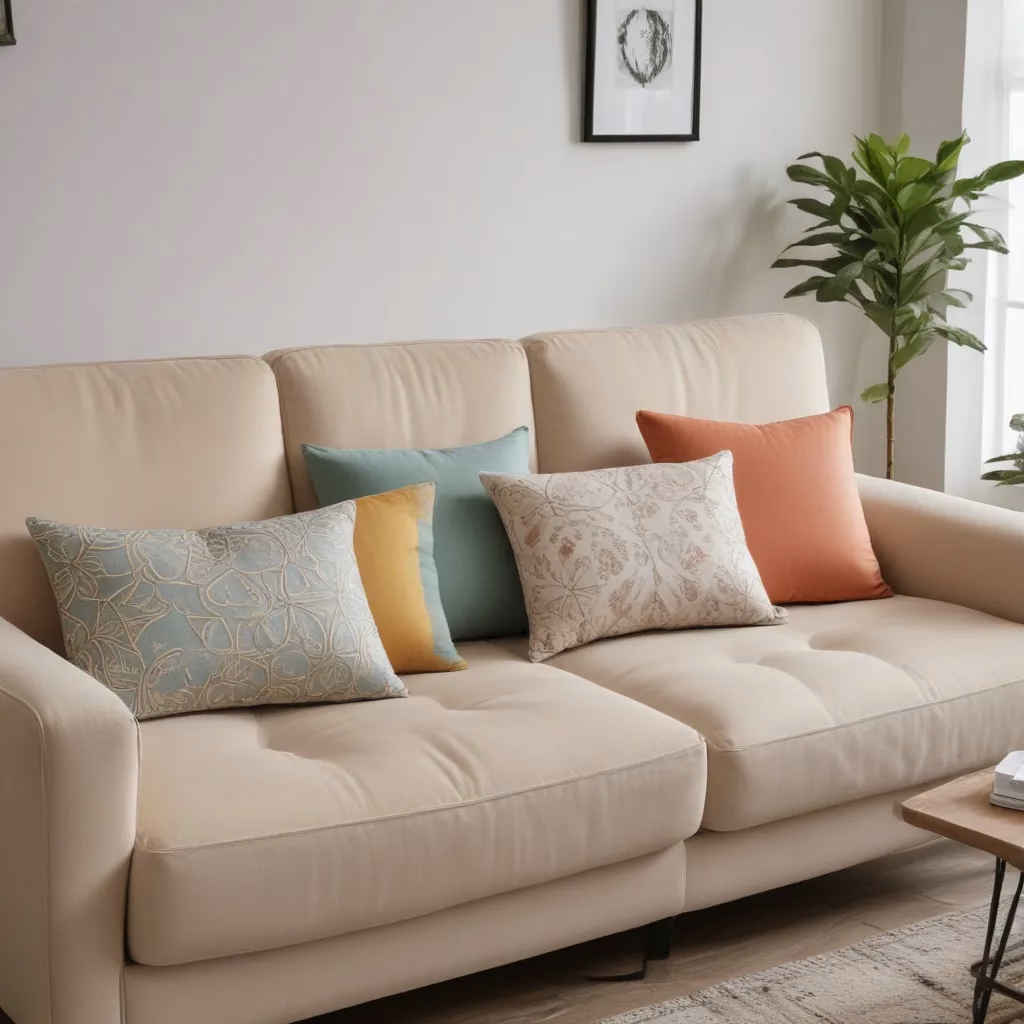Fabric on My Mind
I’ve had fabric on my brain lately as I just ordered window treatments for my home office – yay! And I’ve been selecting upholstery fabric for some new furniture pieces. We have lots of exciting things coming up. Anyway, I noticed many people are tackling similar projects right now – window treatments, furniture upholstery, bedding updates, etc. As a designer, I feel like I can help shed some light on making educated fabric selections. There are so many options on the market, it can be tough to know what fabric is best for which project, how it will wear, and how to determine if it is durable.
Determining Fabric Needs
First, you need to determine how you and your family will interact with the fabric and where it will be installed. Are you fabric shopping for a window treatment or for a new sofa? If you’re searching for upholstery fabric, consider how your family uses that particular piece of furniture. Is it a decorative chair in a corner that hardly ever gets used, or will your kids or pets jump and wallow on it? There are no wrong answers. It’s best to be honest with yourself so you can choose a fabric that fits your needs and will withstand the test of time.
For example, if you fall into the “kids and pets will use this often – it HAS to be durable” category, a silk or velvet fabric wouldn’t be a great option. Velvet is prone to crushing, and silk has to be professionally cleaned. A performance fabric or something more durable like leather would be a better option.
Fabric Durability
All fabric manufacturers test their products, and one of those required tests is the rubs test. This is how many times a fabric can be rubbed back and forth before it begins to show visible wear. Manufacturers use a machine to test rubbing abrasion and the overall wear. Taking note of the double rubs count on a fabric is super helpful in understanding the durability.
Upholstery weight fabric is typically 15,000 double rubs or higher. Anything above 25,000 – 30,000 is amazing for durability and is rated for commercial spaces at that point. The higher the rub count, the more durable a fabric is and the more it can be used before you begin to see wear & tear. I always look for this number when selecting a fabric. It’s typically listed on the backside of swatches, online, or you can ask the retailer.
Fabric Material
Material plays a big role in fabric selection. What is the fabric constructed of? We need to know this because different materials have pros and cons – durability, cleanability, aesthetic, etc. Often times, the material is a blend. Blends are wonderful because they can offer better durability or enhance the look and hand, which is the designer term for the feel & touch of the fabric.
It’s important to research what material best fits your scenario. For example, if you prefer a casual home, linen is a beautiful drapery material. However, if wrinkles bother you, you wouldn’t be happy with linen as it naturally creases and wrinkles. A linen blend might be a better option or a different material altogether.
These days, engineered fabrics have come a long way. Have you heard of performance fabrics? I’m sure you’ve heard of brands like Crypton, Sunbrella, Bella Dura, and Inside Out. These companies have created fabrics that hold up better than your standard fabrics. You can spill wine or other liquids on these performance fabrics, and the liquid beads up. They’re often stain & fade resistant and are highly cleanable. They’re a great choice if you’re looking for extreme durability.
Fabric Cleaning and Care
When it comes to cleaning, it’s important to understand how to care for your fabric. This might also influence your decision to choose a specific fabric in the first place. If a fabric needs professionally cleaned, does that pose a problem for you? Would you prefer something you could easily toss into your washing machine? Is hand washing something you’re fine with? Would a wipeable performance fabric be your top choice?
I’m typically attracted to low-maintenance fabrics, or I strategically position the finicky fabrics in areas of my home that don’t see as much use. Should you spill something on your sofa or drapery, it’s important to have the appropriate cleaner on hand – some require water-based agents only. Just be aware and prepared because the time will come.
Aesthetic Considerations
Lastly, once you determine what type of fabric best fits your situation, you can begin to narrow down your choices based on the fun part of the equation – color, pattern, and aesthetics. Do you like bold colors & playful patterns? Are you trying to make a statement? Are you into sophisticated and textural neutrals? This totally depends on your personal style and the overall feel of your home.
I always recommend taking a swatch home before deciding, just like paint. Check it out in your home, compare it to existing pieces of furniture, and see how it interacts in your space. That’s the only way to know if it’s truly the perfect fit.
Fabric for Drapery
What makes a good drapery fabric? I’m partial to fabrics constructed of natural materials when it comes to drapery – like linen and cotton. Blends are also nice if you’re worried about wrinkling or durability. Sometimes linen will be mixed with a bit of polyester or cotton to combat that. Lighter weight fabric often works best, especially if you’re having a lining sewn in, which I always do.
Unsuitable Fabrics for Upholstery
There are fabrics that aren’t optimal for upholstery projects. You should choose an upholstery weight fabric. Upholstery fabric is typically heavier and more durable – again, think about the double rubs as opposed to lightweight fabric that would be better suited for bedding or drapery.
Natural vs. Synthetic Fabrics
Fabrics made of linen, cotton, hemp, silk, cashmere, wool, jute, bamboo, mohair, and leather are all natural fabrics. They’re derived from nature. Synthetic fabrics like polyester, acrylic, and nylon are man-made.
The rub count information provided by manufacturers is accurate in terms of durability. You can typically find this information on the backside of the fabric swatch, online in the specifications section, or you can ask the retailer if you’re shopping in person.
Fabric Grades and Pricing
I’m often working with interior design clients, and the fabric choices that are presented to me are tiered, or have grades that influence the price. What’s the difference, and why are similar options more expensive?
This is standard when working with a designer firm or even when purchasing from a big box retailer like Sofa Spectacular. The grades of fabric can represent many things – durability, desirability, color quality, etc. As a designer or retailer, you’re able to offer an entire line of fabrics that typically have a letter attached to them that reflects the grade. For example, a grade D fabric would be more expensive than a grade A.
As a client, you really don’t have to worry about the grades unless you’re sorting by price. I would encourage you to ask your designer more about the differences between the fabric options presented to you and how they price out.
For example, I just ordered a new sofa and opted for a beautiful mohair fabric over a performance linen. Mohair was a higher grade because it was more durable, higher-end, and is often very desirable in terms of design. Both are great fabrics, but one cost more to manufacture – this is why it has a higher letter G compared to B. The price tag reflects that, so as a consumer, I’ll pay more for the grade G mohair fabric than the grade B linen.
I hope this post was helpful! Pin it for later if you think you’ll be choosing fabrics in the future. It might come in handy. And if you have any other questions, feel free to reach out. I’m always happy to share my designer knowledge.




